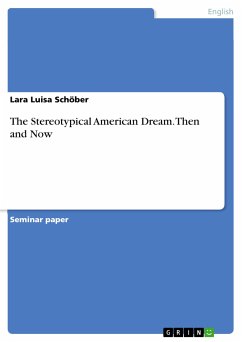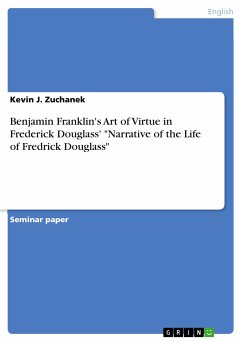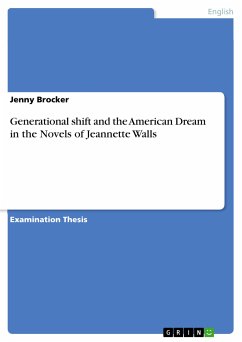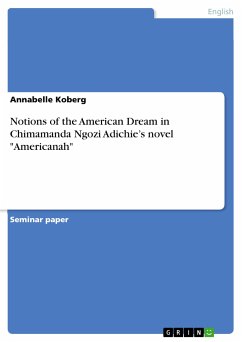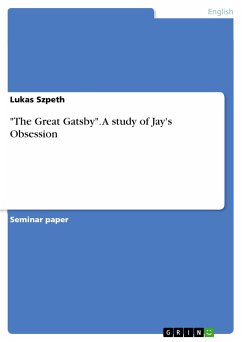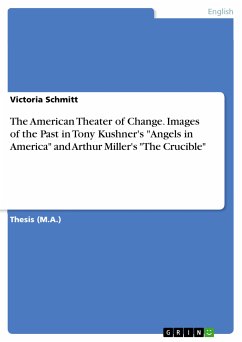Seminar paper from the year 2016 in the subject English Language and Literature Studies - Literature, grade: 2,3, University of Osnabrück, course: Urban Landscapes of Modernity, language: English, abstract: The United States with New York as the country's largest urban city passed through an immense development in the mid-19th and early-20th century. The metropolis changed in terms of urban landscapes, industrialization, pace of life and importance, which influenced people's views on the cosmopolitan city New York. It is a fact that the city's population is growing since the early 19th century continuously and becomes more and more attractive for people from the whole world. Different artists of different groups and art movements concern themselves with the metropolis New York and its advantages and possibilities. The aim of this paper is to show that the urbanization influenced the stereotypical American Dream in a negative way which has thus changed into a more realistic one. On this account this paper will show the shift of the American Dream on the basis of the metropolis New York, comparing the songs New York, New York and Empire State of Mind, in relation to urbanization within the city. The paper starts out by introducing its historical context: it points out the historical facts of cultural change of the American city in the late-19th and early-20th century, considering the industrialization, urbanization of landscapes and the integration of the urban metropolis into the American Dream. Further more the chapter focuses on the idea of the American Dream, its origin and development regarding the city's social and cultural background. The third chapter, involves the analysis of the two songs, which both pick out the metropolis New York and its opportunity as a central theme. The two songs are connected because of thematic reasons according to the depiction of New York in two different time episodes. Furthermore this chapter provides a stylistic and thematic comparison of both songs in relation to the American Dream, which existed at the time of both respective songs but differs in the late 19th century from the early 20th century. Comparing the similarities and differences of picturing the American dream, this chapter illustrates the change from then and now, giving consideration to the respective temporal circumstances. The fourth chapter contains a conclusion, which sums up all facts and gives an outlook on a possible shift of the American dream into a different direction and explains the maintenance of the American dream in a critical way.
Dieser Download kann aus rechtlichen Gründen nur mit Rechnungsadresse in A, B, BG, CY, CZ, D, DK, EW, E, FIN, F, GR, HR, H, IRL, I, LT, L, LR, M, NL, PL, P, R, S, SLO, SK ausgeliefert werden.

